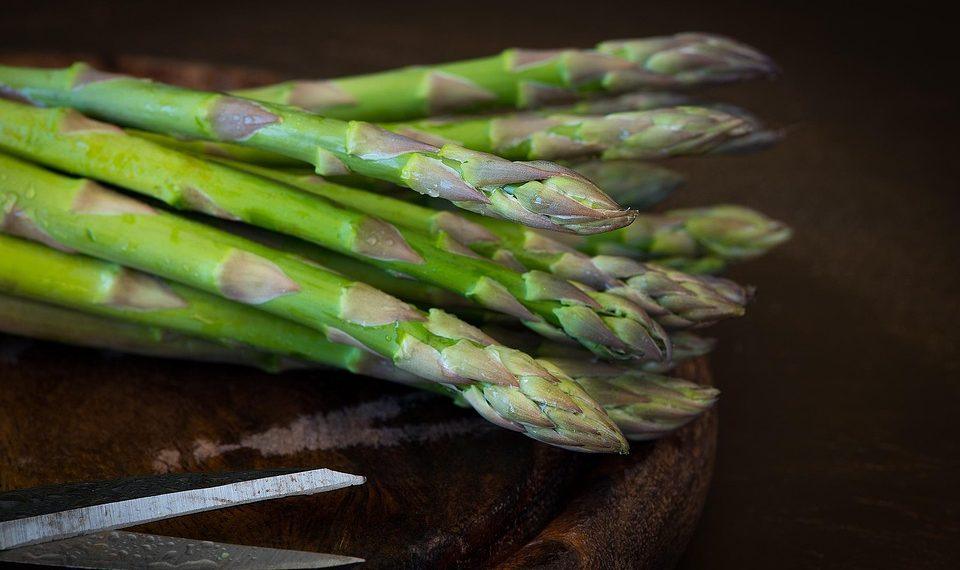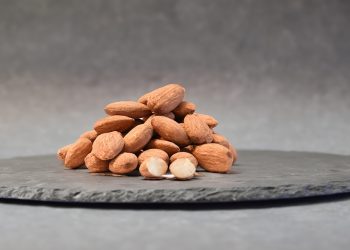10 Simple Nutrition Hacks for a Healthier You—this is your roadmap to feeling vibrant and energized every day. Nutrition doesn’t have to be complicated or overwhelming. With just a few simple changes, you can transform your eating habits and fuel your body for success. Let’s dive into ten straightforward nutrition hacks that can elevate your health and well-being.
Contents
- Understanding Nutrition Hacks
- 1. Start Your Day with a Nutrient-Dense Breakfast
- 2. Hydrate Smartly
- 3. Embrace the Power of Meal Prepping
- 4. Fill Your Plate with Color
- 5. Snack Wisely
- 6. Read Nutrition Labels
- 7. Incorporate More Fiber
- 8. Practice Portion Control
- 9. Choose Healthy Fats
- 10. Focus on Mindful Eating
- Bottom Line
- FAQ
Understanding Nutrition Hacks
Nutrition hacks are simple, practical strategies that make healthy eating easier and more enjoyable. They help you navigate the often confusing world of food choices and empower you to make better decisions for your body. Why does this matter? Because what you put into your body directly impacts your energy levels, mood, and overall health.
1. Start Your Day with a Nutrient-Dense Breakfast
Your breakfast sets the tone for the entire day. A healthy breakfast can boost your metabolism and keep you full longer.
- Opt for whole grains: Think oats or whole-grain toast instead of sugary cereals.
- Add protein: Incorporate eggs, Greek yogurt, or nut butter to maintain energy levels.
- Include fruits or veggies: A banana, berries, or spinach can elevate your meal.
Starting your day with a nutrient-dense breakfast isn’t just about eating; it’s about investing in your well-being.
2. Hydrate Smartly
Water is essential for every function in your body. Yet, many of us forget to hydrate properly.
- Carry a water bottle: Keep it close to remind yourself to drink throughout the day.
- Infuse your water: Add slices of lemon, cucumber, or mint for a refreshing twist.
- Set reminders: Use your phone to ping you every hour to take a sip.
Staying hydrated will enhance your focus and energy levels, making daily tasks feel less daunting.
3. Embrace the Power of Meal Prepping
Meal prepping is a game changer. It saves time and helps keep you on track with your nutritional goals.
- Plan your meals for the week: Choose recipes that excite you.
- Batch cook: Prepare larger portions of healthy dishes to enjoy throughout the week.
- Store in containers: Having grab-and-go meals ready means you won’t resort to fast food when you’re hungry.
Meal prepping isn’t just about convenience; it’s about taking control of your nutrition.
4. Fill Your Plate with Color
Eating a rainbow isn’t just a fun idea; it’s a powerful nutrition hack. Different colors in fruits and vegetables represent various nutrients.
- Include leafy greens: Spinach, kale, and arugula should be staples in your diet.
- Choose vibrant fruits: Berries, oranges, and bell peppers are packed with vitamins.
- Mix textures: Combine crunchy and soft foods for a delightful eating experience.
A colorful plate is not only visually appealing but also ensures you’re getting a variety of nutrients.
5. Snack Wisely
Snacking can be a healthy part of your diet if done right. The key is to choose snacks that nourish rather than deplete your energy.
- Go for whole foods: Nuts, seeds, and fruits are excellent choices.
- Prepare healthy snacks: Create veggie sticks with hummus or yogurt with fruit.
- Stay mindful: Pay attention to portion sizes to avoid mindless munching.
Smart snacking helps keep your energy steady and your cravings in check.
6. Read Nutrition Labels
Understanding nutrition labels can drastically improve your food choices. It’s your secret weapon for making informed decisions.
- Look for whole ingredients: The first few ingredients should be whole foods.
- Check the serving size: Be aware of how much you’re actually consuming.
- Watch for added sugars: Look for alternatives that don’t have excessive sugars.
Becoming familiar with nutrition labels can empower you to choose healthier options.
7. Incorporate More Fiber
Fiber is your friend. It aids digestion, keeps you full, and can even help regulate blood sugar levels.
- Choose whole grains: Opt for brown rice, quinoa, and whole wheat pasta.
- Add legumes to meals: Beans and lentils are fantastic sources of fiber.
- Snack on fruits and veggies: Apples, carrots, and berries keep your fiber intake high.
Increasing your fiber intake can lead to better digestive health and sustained energy.
8. Practice Portion Control
Portion control doesn’t mean deprivation; it’s about being mindful of how much you eat.
- Use smaller plates: A smaller plate can trick your brain into thinking you’re eating more.
- Don’t eat straight from the package: Serve your snacks in a bowl to avoid overeating.
- Listen to your body: Eat when you’re hungry, and stop when you’re satisfied.
Mindful eating can help you maintain a healthy weight while still enjoying your meals.
9. Choose Healthy Fats
Not all fats are created equal. Healthy fats are essential for brain function and overall health.
- Incorporate avocados: They’re creamy and full of nutrients.
- Use olive oil: Perfect for cooking or drizzling over salads.
- Snack on nuts: Almonds, walnuts, and pistachios offer healthy fat without the guilt.
By including healthy fats in your diet, you can improve your heart health and keep your skin glowing.
10. Focus on Mindful Eating
Mindful eating is all about being present during your meals. It’s a powerful hack that can improve your relationship with food.
- Eliminate distractions: Put your phone down and turn off the TV.
- Savor each bite: Take time to appreciate the flavors and textures.
- Check-in with your body: Assess hunger and fullness cues as you eat.
Mindful eating can transform meals from a hurried task into a nourishing experience.
Bottom Line
These 10 simple nutrition hacks for a healthier you aren’t just strategies; they’re stepping stones toward a vibrant life. Start implementing one or two at a time, and watch how they can transform your relationship with food. You deserve to feel your best, and small changes can lead to big results.
So, are you ready to take charge of your health? Start today, and enjoy the journey toward a healthier you!
FAQ
What is the best way to start healthy eating?
Begin with simple changes like incorporating more fruits and vegetables into your meals and drinking more water.
How can I maintain a balanced diet?
Focus on variety. Include different food groups—fruits, vegetables, whole grains, lean proteins, and healthy fats—in your daily meals.
Is snacking healthy?
Yes, if you choose nutritious snacks. Opt for whole foods like nuts, fruits, and veggies to keep your energy stable.
For more insights on nutrition, check out resources like the American Heart Association or the Centers for Disease Control and Prevention.
Get Your FREE Natural Health Guide!
Subscribe now and receive our exclusive ebook packed with natural health tips, practical wellness advice, and easy lifestyle changes — delivered straight to your inbox.














